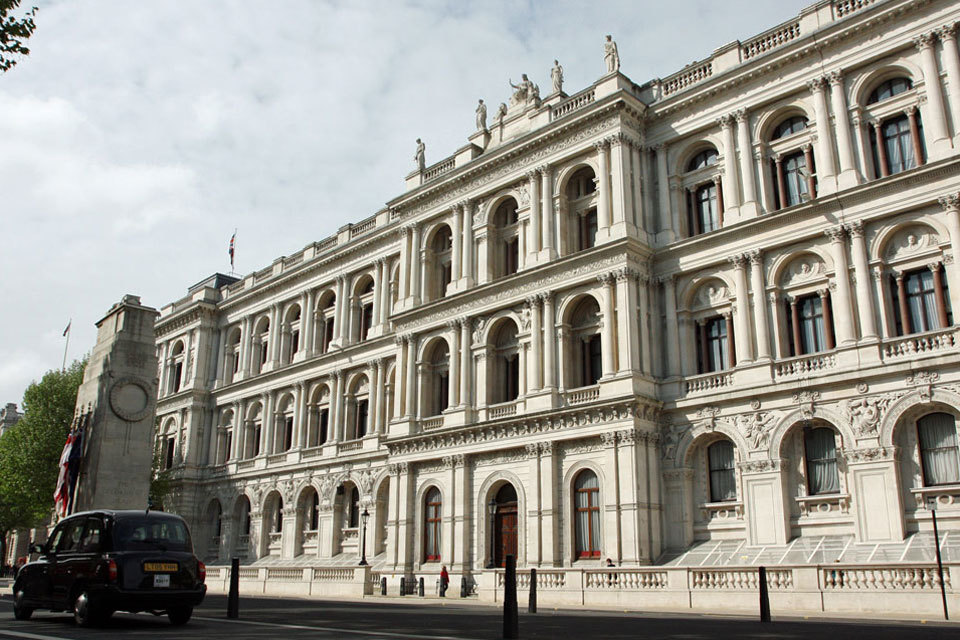Jo LonsdaleNorth East and Cumbria Investigations

In a remote Northumberland forest, £5m worth of timber remains unfelled because of trouble transporting it out. With some of it literally rotting away, what is going on?
From her home deep in Upper Coquetdale, Sam Wood squints into the sun as she looks up the narrow silvery road which winds up the valley where many farming families have lived for generations.
“Imagine meeting a timber lorry coming down there,” she says.

She is one of many in this isolated community opposing plans by Forestry England to bring out at least 260,000 tonnes of timber from Uswayford Forest via seven miles of narrow single-track road down the Upper Coquet valley to the village of Alwinton.
“There are so many blind bends on this road when you just can’t see what’s coming,” Mrs Wood says.
“Just think of the school minibuses meeting those wagons, in the winter when it’s icy and snowy.

Planted in the 1970s on land which was cheap because it was so far off the beaten track, getting the timber out of Uswayford was never going to be easy.
Forestry England will need to upgrade about 10 miles (18km) of forest tracks and build new bridges.
But the cost of widening and strengthening the U4023 road through the valley, with new passing places constructed, would be the responsibility of the indebted Northumberland County Council and was estimated in 2015 to be at least £2m.

Chair of Alwinton Parish Council Simon Taylor believes the cost today would be “more like four or five million”.
He fears without that investment the road will collapse into the River Coquet under the weight of the lorries.
He is also worried about the long-term effect on tourism.
“So many people come to our beautiful valley in their campervans and motorhomes.
“Imagine them meeting a timber truck and trying to reverse.
“We honestly fear someone will get badly hurt, or worse.”
 Ian Glendinning
Ian GlendinningIt is not just the impact on people that is causing concern.
This is one of the few places in England where our native red squirrels are just about holding on, largely thanks to a small group of pensioners who make up the Coquetdale Squirrel Group and trap and kill the encroaching greys.
Chair Ian Glendinning says “in an ideal world” Uswayford, a designated red squirrel reserve, would be left unfelled.
“At the very least, I’d like to see some of it set aside for the red squirrels,” he says.
Forestry England points out the work will be carried out over 10 years and red squirrels could move to the adjacent Kidland Forest.

Given the cost to the public purse of getting the timber out of Uswayford, and the environmental objections, why not just leave it where it is?
James Jones and Sons, which is investing £70m in a new sawmill near Durham, is one of a number of companies counting on it.
Supply manager Tom Coates says Uswayford “underpins that investment”.
“When we build in a new mill we look at the production forecast and where wood is going to be produced and it was among those forests.”
The UK currently imports about 80% of its timber, something Mr Coates says makes him feel “a little bit ashamed”.
 Outdoorlads
OutdoorladsJohn Bruce, the England manager for the Confederation of Forest Industries (Confor) which represents the timber industry, accepts Uswayford’s location is “far from ideal”.
He was involved in the felling of another remote site, Hardknott in the Lake District, which is now being restored to native woodlands with the gradual “removal of commercial areas”.
“The problem is we are losing conifer forest,” he says.
“We haven’t put the conifers back and the nation needs timber.”

Woodland covers 14% of the land area of the UK , whereas across European Union countries the average is 39%.
A spokesperson for the Department for Environment, Food and Rural Affairs said tree planting was at its “highest rate for 20 years”, but acknowledged there is “much more to do”.
Uswayford is already past what Forestry England considers its optimum felling period, with some of the timber decaying on the ground following storm damage.
But, for now at least, that wood is going nowhere, as the County Council “undertakes further investigation works to confirm the improvements needed”.
It has left the community unsure of what will be coming down the valley and when.
“They’ve known about this for years,” says Simon Taylor.
“I just think much more thought could have been given to a safe way of getting that timber out, but instead they’ve chosen a route which will impact so many people.”

In a statement, Forestry England said delays to the work – which would provide “rural employment” – were already having “negative environmental impacts”.
“The improvements needed to the U4023 will leave a legacy of better infrastructure for the local community,” it said.
“Timber harvesting and transport will allow us to restructure Uswayford, increasing biodiversity by creating open habitats, restoring peatlands and planting of a wider mix of tree species.”




